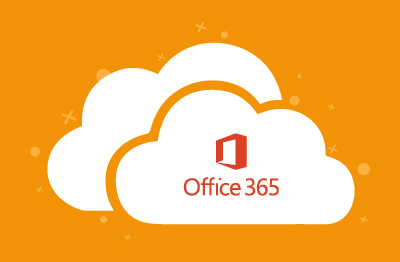SharePoint
What is SharePoint?
SharePoint is the main component of Office 365 that makes collaboration possible. In addition to file sharing and organization, it includes SharePoint Workflows, SharePoint PerformancePoint, and SharePoint project sites. Together, these apps facilitate sharing and managing data around the world. As with email, the Microsoft IIS, SharePoint servers and Microsoft SQL database servers needed to provide collaboration services are operated by Microsoft. IT organizations can administer and manage the collaboration services without having to worry about maintaining these servers, patching them at regular intervals, upgrading the software, etc. All these activities are handled by Microsoft as part of their SaaS offering.
Microsoft SharePoint is one of the most business-critical services in enterprise IT. SharePoint is widely used by organizations to create websites where information is centrally stored, shared, organized and accessed by users from anywhere, any time and any device. Major use cases of SharePoint include knowledge and content management, intranet, file hosting and collaboration, and so on.
What is SharePoint used for?
Most businesses and organizations use SharePoint to facilitate collaboration among teams. Many large organizations use SharePoint to create websites. This can be as simple as a blog that posts announcements and information.
However, many companies take it further by creating a company-wide intranet. Intranets are internal versions of company websites that allow people within the organization to store and share information like news, important links, videos, and events — all in one central location.
What is SharePoint used for besides creating an intranet? Many of these websites also feature Wiki-style knowledge bases powered by SharePoint. This knowledge base allows companies to organize information into logical and searchable pages, each containing written and multimedia content.
Many SharePoint users also appreciate it as a space to share, organize, store, and access files. The tool has become a preferred form of document management due to its capabilities, including checking documents in and out, indexing and searching documents, file versioning, and seamless integration with other Microsoft 365 applications.
Finally, the platform also enjoys popularity due to its SharePoint Lists feature. Similar to Microsoft Excel spreadsheets, SharePoint Lists allows users to organize information into columns and rows, making it suitable for creating trackers and databases.
What are the benefits of using SharePoint?
What is Microsoft SharePoint if not the ultimate document management platform? It features document version controls that track every edit, including who edited it and when. The check-in/check-out feature ensures that only one person can work on the document at a time. When they are done, files are instantly updated and can be shared with others.
One of SharePoint’s most prominent benefits is as a data management tool, allowing authorized individuals self-service access to files and information. This can increase productivity company-wide, eliminating the need to search through archives or wait for co-workers to send information. SharePoint features many security settings customizable to your needed level of regulatory compliance, with controls at every turn.
SharePoint's draw for IT professionals is the ability to access the controls via a central administration console. Instead of having to click around to multiple pages, IT managers can access backups and restorations, SharePoint farms, security settings, general application settings, and more in one location. Finally, SharePoint developers can quickly build custom applications and integrate them with the platform. Whatever functionality an organization wishes to have, they can access it with a skilled developer's help. This makes the SharePoint platform highly versatile for business users.
Why is SharePoint monitoring important?
It is important to monitor SharePoint because any fault, failure or performance glitch in SharePoint operation will directly affect the end user experience and business continuity. Common problems affecting SharePoint performance include slow web pages, high content growth, database connectivity failures, authentication issues, and so on. With real-time access to SharePoint health metrics and KPIs, SharePoint administrators will be able to detect and diagnose anomalies and triage them before they become business-impacting problems. In this blog, we will look at the top 8 metrics that a SharePoint administrator would need to look at to get a holistic picture of their SharePoint Farm and monitor performance.



